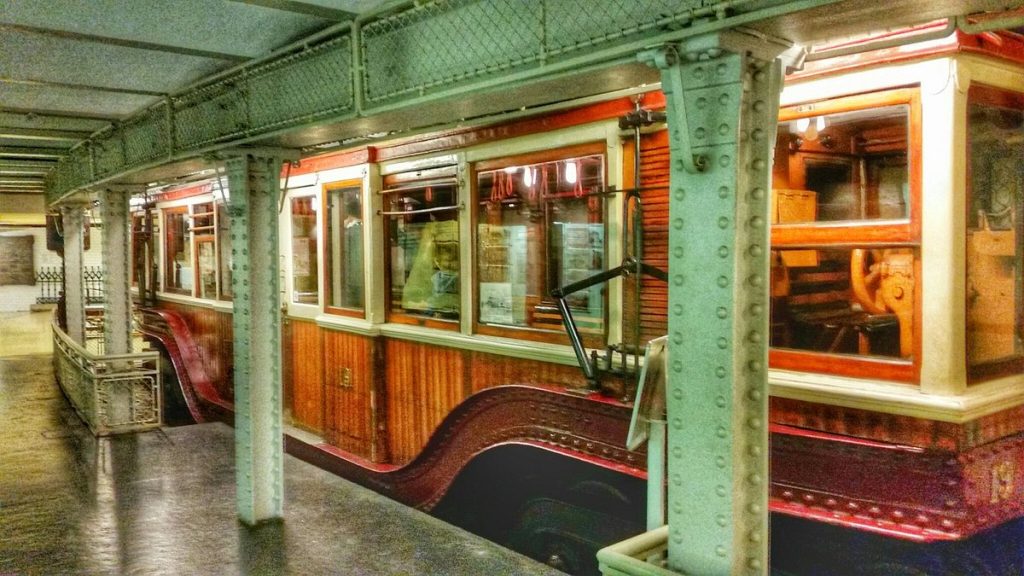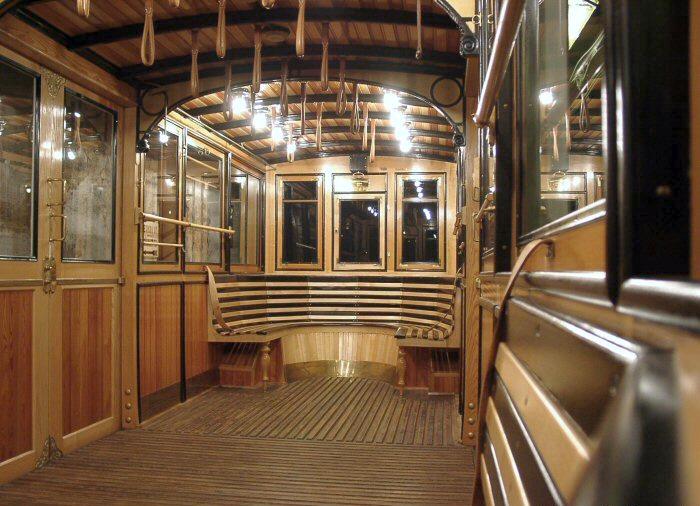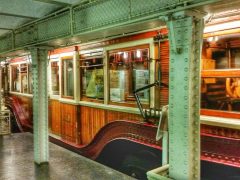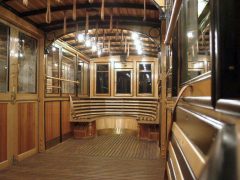Underground Railway Museum: A Journey through Budapest’s Transit History
Historical Beginnings
The Underground Railway Museum pays homage to the first subway line on the continent, inaugurated on May 2, 1896. Opened to the public in 1975, the museum underwent a significant revamp in 1996, coinciding with the centenary of the subway’s inauguration. This historic subway, known as the Millennium Underground Railway, holds a special place in Budapest’s history and the broader story of urban transit.
The Creation of the Museum
A primary objective during the museum’s creation was to showcase the history of the Millennium Underground Railway and Budapest’s metro in an authentic environment. To achieve this, the museum encompasses an original tunnel segment of the Millennium underground railway, decommissioned in 1955 due to the construction of the east-west metro. Thus, beyond the displayed carriages, models, documents, and photographs, the walls themselves evoke a palpable sense of history right in the heart of Budapest.
Museum Highlights
A Step Back in Time
As visitors enter the museum’s foyer, they are greeted by the original “Gizella tér” sign (with its authentic Zsolnay ceramic tiles). Information plaques from the Gizella Square station outline the individuals instrumental in the railway’s creation. A unique marble plaque testifies that during his visit to Budapest for the millennium celebrations in 1896, Emperor Franz Joseph graciously traveled on the subway and permitted the railway to be named in his honor. Consequently, the former “Budapest Underground Electric Street Railway” became the “Franz Joseph Underground Electric Railway Ltd.”
Exhibition Highlights
The exhibition showcases three distinct carriages from the underground railway: those numbered 19, 1, and 81. These vehicles were meticulously placed onto the tracks in 1975 using cranes via the open ceiling section. Opposite these carriages, a series of display cabinets house artifacts, original documents (such as blueprints, maps, and construction logs), photographs, and models, painting a vivid picture of the subway’s history.
The Carriages
- Carriage No. 19: This carriage represents the early design and engineering prowess of the Millennium Underground Railway.
- Carriage No. 1: A significant piece showcasing the evolution of the subway cars.
- Carriage No. 81: This later model illustrates the advancements and modifications made over time.
Display Cabinets
Opposite these carriages, a series of display cabinets house artifacts, original documents, photographs, and models. These displays paint a vivid picture of the subway’s history and development. Visitors can delve into the intricacies of subway construction and operation, seeing firsthand the blueprints, maps, and logs that guided the creation and expansion of Budapest’s metro system.
Modern Metro Systems
The exhibit culminates with an in-depth look into the construction of modern metro systems. This section highlights the technological advancements and engineering feats achieved in the subsequent phases of Budapest’s metro development, providing a comprehensive view of how the city’s transit system has evolved.
Additional Features
Temporary Exhibitions and Educational Programs
Beyond the permanent exhibition, the museum regularly hosts temporary exhibitions and educational programs. These rotating exhibits and interactive sessions aim to engage visitors with new perspectives on urban transit and the history of rail travel.
Kids’ Corner and Museum Shop
Facilities like a kids’ corner provide young visitors with engaging, hands-on activities that make learning about transit history fun and accessible. The museum shop offers a range of memorabilia, books, and souvenirs that allow visitors to take a piece of Budapest’s transit history home with them.
Visiting the Underground Railway Museum
Location and Accessibility
The Underground Railway Museum is conveniently located in Budapest, making it easily accessible by public transport. It is situated near Deák Ferenc Square, a major transit hub, allowing visitors to seamlessly integrate a visit to the museum into their exploration of the city.
Opening Hours and Admission
The museum is open daily, with varying hours depending on the season. It’s advisable to check the museum’s official website for the most current information on opening hours and ticket prices. Various ticket options are available, including discounts for students, seniors, and groups.
Conclusion
The Underground Railway Museum in Budapest offers a fascinating journey through the history of urban transit, celebrating the legacy of the Millennium Underground Railway. With its authentic exhibits, historical artifacts, and engaging educational programs, the museum provides a rich, immersive experience for visitors of all ages. Whether you’re a transit enthusiast, a history buff, or simply curious about urban infrastructure development, the Underground Railway Museum promises an enlightening and enjoyable visit.





